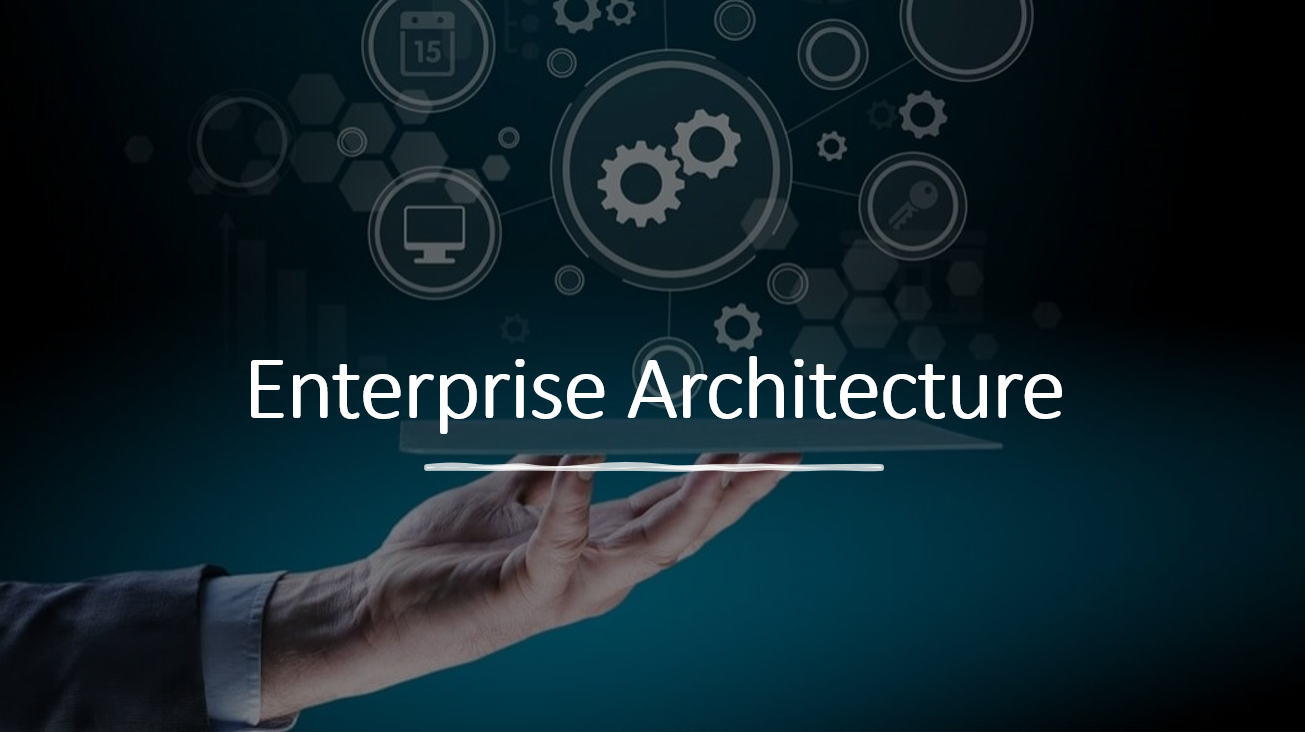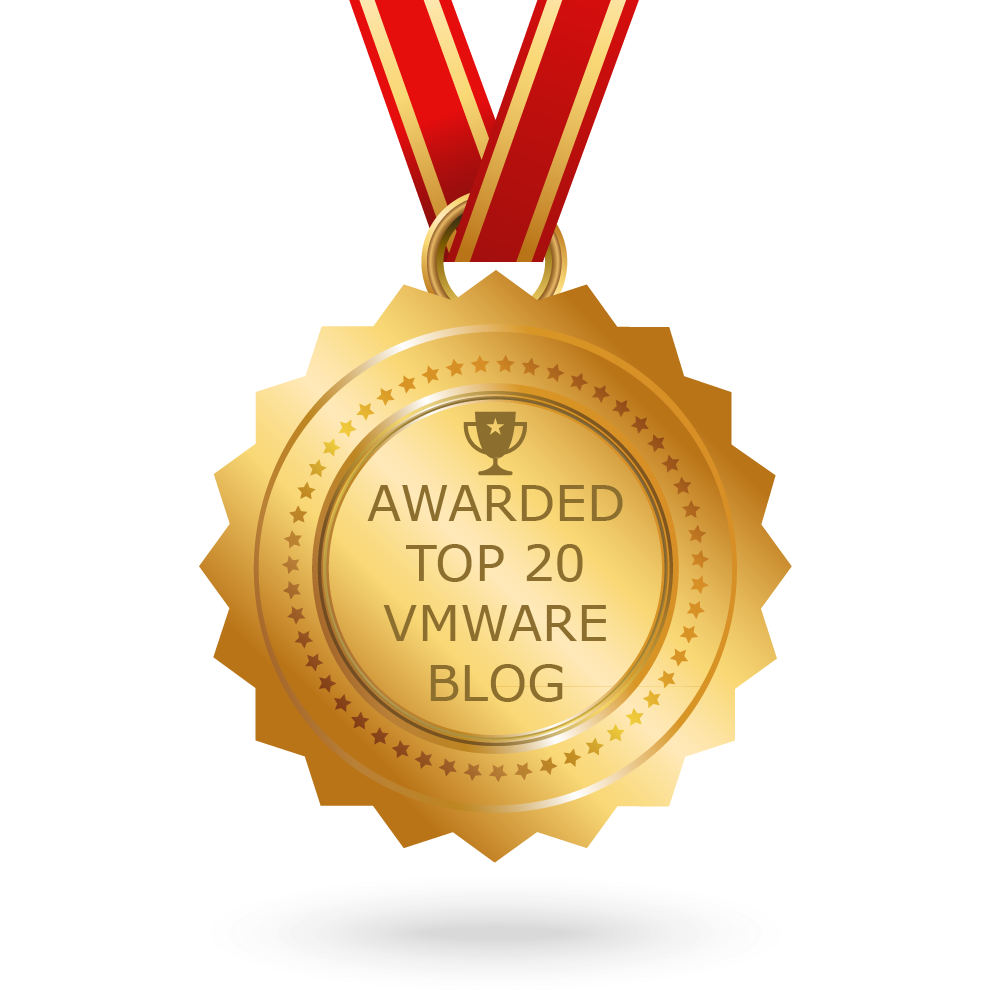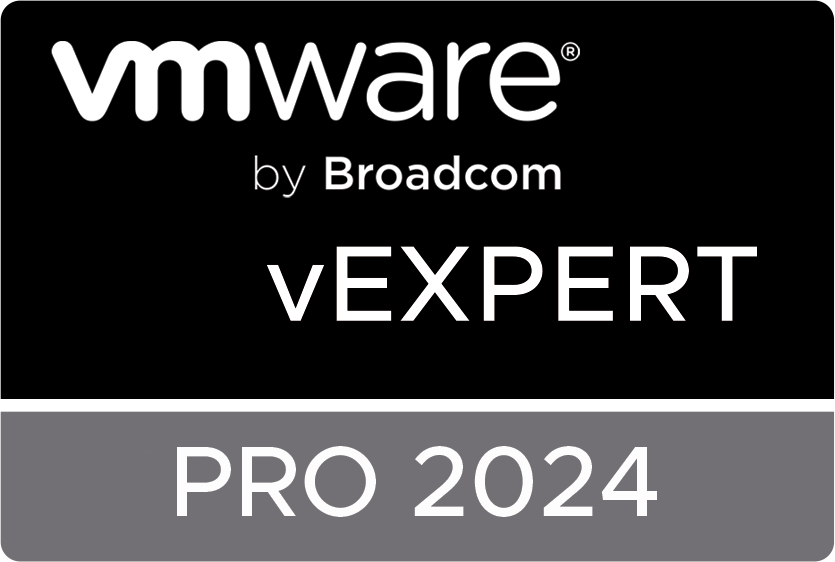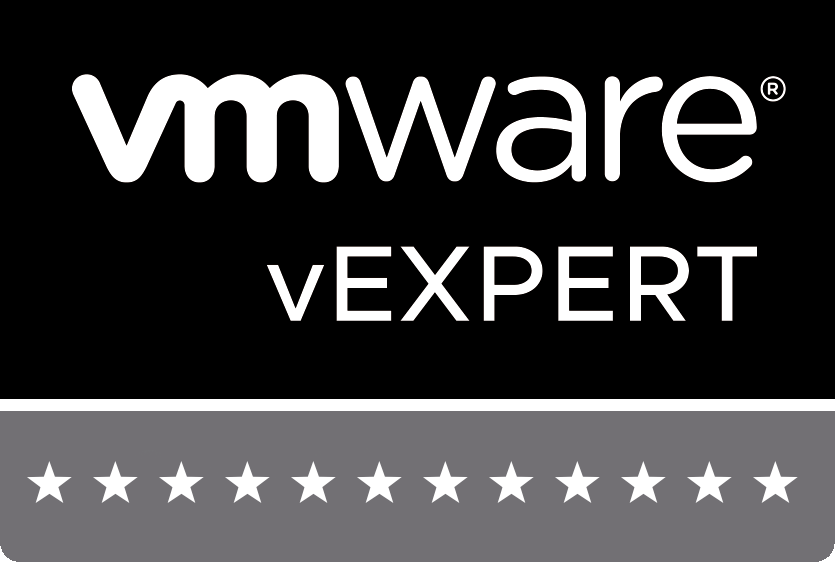|
Having a clear understanding of an organization's technology landscape and how technology can help achieve business goals is crucial in today's rapidly changing business environment. To ensure alignment between technology and business strategy, organizations need an Enterprise Architecture (EA) group. An EA group is responsible for defining and managing an organization's technology architecture, making sure it supports strategic goals. In this article, we'll explore the importance and benefits of building an EA group and provide guidance on how to establish one within an organization. Where to BeginWhen it comes to building an EA group, it's important to start with a clear understanding of your organization's business strategy and goals. This will help you identify the technology capabilities that are needed to support those goals and develop a roadmap for building out your EA capabilities. Defining Strategic Goals Defining strategic goals is a critical step for any organization in achieving its long-term success. Here are some common steps that companies take to define their strategic goals:
Once you have a clear understanding of your organization's strategic goals, you can begin to identify the stakeholders who will be involved in the EA group and define their roles and responsibilities. This may include business leaders, IT leaders, architects, and other key stakeholders. Next, you'll want to develop an EA framework that outlines the principles, standards, and guidelines that will govern your organization's technology architecture. This framework should be aligned with your organization's strategic goals and should provide guidance for technology teams on how to develop and implement technology solutions that support those goals. Some Examples or EA Frameworks are the following:
The most popular Enterprise Architecture (EA) framework is the Open Group Architecture Framework (TOGAF). There are a few reasons why TOGAF is so widely used:
While there are other EA frameworks available, TOGAF's comprehensive nature, wide adoption, open standard, and certification program make it the most popular framework among EA practitioners and organizations. You'll need to establish a governance structure to ensure that your EA framework is followed and that any deviations are properly managed. This may involve establishing processes and procedures for architecture review, change management, and decision-making. By starting with a clear understanding of your organization's strategic goals and building out your EA capabilities in a systematic way, you can ensure that your technology investments are aligned with your business objectives and that you are well-positioned to respond to the ever-changing business landscape. Building an Enterprise Architecture GroupBuilding an EA group requires a systematic approach, with several key steps:
Importance and Benefits of an Enterprise Architecture GroupAn EA group can provide significant benefits to an organization, including:
Building an Enterprise Architecture group requires a systematic approach and a commitment to aligning technology with business goals. However, the benefits can be significant, including improved alignment, reduced complexity, increased agility and innovation, improved risk management, and cost savings. By investing in an EA group, organizations can ensure that their technology investments are aligned with their strategic goals and that they are well-positioned to respond to the ever-changing business landscape. Resources
0 Comments
Your comment will be posted after it is approved.
Leave a Reply. |
RecognitionCategories
All
Archives
June 2024
|










 RSS Feed
RSS Feed